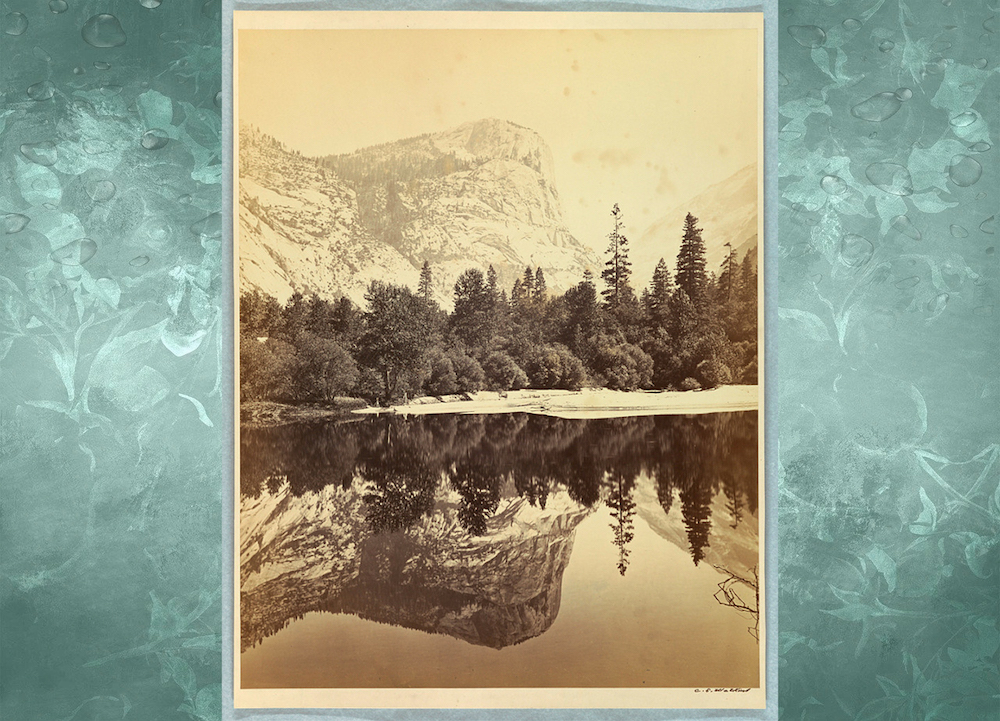
[Image above] Sometimes reflecting on your work can help you to rework its value in new ways. Credit: Smithsonian
The ACerS journals have such great reputations that only one of every three manuscripts received are accepted for publication. The rest are rejected, though some are referred to other ACerS journals for review. (See this CTT for further information on referrals).
Rejection happens for several reasons, most notably mismatches between the manuscript content and the journal’s aims and scope. Fortunately, we have resources to help you understand aims and scopes and how to prepare a good manuscript.
One such resource is the Journal Manuscript Workshop: Writing to be published, found, and read. This hands-on workshop was presented at ICACC2021 and is now available on-demand to all authors. Worksheets can be downloaded along with editors’ “answers” to the worksheets. I put answers in quotations because there is no singular perfect answer. Writing is personal and subjective, and this workshop provides some guidelines to help you move toward a personal style that also meets best practices for writing manuscripts.
Unfortunately, one area we cannot address via a workshop is novelty. Novelty is work that substantively advances a field beyond the existing knowledge. The opposite of a novel work is one that repeats another study already in the literature. Comparison or confirming studies are not very common in journals, unless they are to support or refute claims that are often controversial. (For example, see the Nature article “Revisiting the cold case of cold fusion,” which attempted to repeat the infamous cold-fusion work of the 1980s found in here.)
Most manuscripts fall somewhere between the two extremes of ground-breaking and repetition. It is up to the reviewers and editors to determine if the work has sufficient novelty for the specific journal. As experts in the field, reviewers are familiar with articles on the manuscript’s topic. They sometimes find that the submitted research does not provide enough new insights into the field beyond the work previously published by the same author or research group, or by another group altogether.
I can imagine how demoralizing it would be to receive a rejection for novelty, especially for students who have finished their thesis research. They spent all those hours in the lab or at the computer, and they created something they believed to be new and important. And then an editor informs them that their work is too close to the work in another article.
Not getting published could prevent researchers from graduating or getting permanent positions. The manuscript must change in order to be published ethically. Yet the researcher probably will not be able to get new data because the project may be in another researcher’s hands, or it has ended. What can be done?
There is a solution that will meet not only the researchers’ needs but also those of the scientific community. Scientific research moves so quickly that reproducibility is a growing concern. There is a trend toward greater recognition of the value of comparison and confirming work. Accordingly, reworking rejected manuscripts to compare the work to the overlapping article(s) cited by the reviewers and editors provides an ethical path to being published in a highly regarded broad-scope journal, such as International Journal of Ceramic Engineering & Science (IJCES). Publishing a comparison article benefits you and the scientific community.
If you are interested in learning more about IJCES, you should visit the journal’s website at https://ceramics.onlinelibrary.wiley.com/journal/25783270. The “For Authors” drop down provides information to help you get published. Read past and current articles under the “Articles” drop down.
